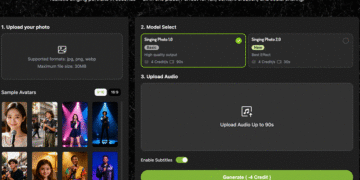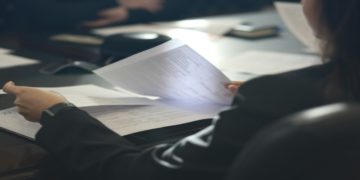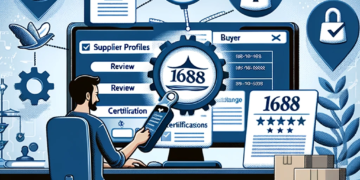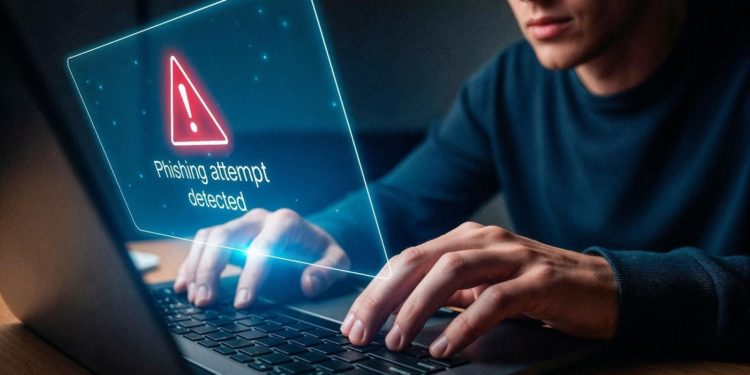In the shadowy corners of the internet, Telegram copyright infringement has emerged as a critical challenge for content creators, businesses, and rights holders. The messaging app, celebrated for its privacy features, has become a double-edged sword—its encrypted channels and groups now host millions of unauthorized copies of movies, books, music, and software. This article explores how copyright infringement Telegram manifests, its connection to the Telegram DMCA framework, and the tools combating this digital piracy.
What is Telegram Copyright Infringement?
Telegram copyright infringement refers to the unauthorized distribution, sharing, or reproduction of copyrighted material—such as films, e-books, music, or software—through the platform’s channels, groups, or bots. Unlike public social media platforms, Telegram’s private and encrypted nature makes it a haven for piracy. Users can share files of any size, create invite-only groups, and operate bots that auto-post pirated content, all while masking their identities.
Common Forms of Infringement
- Leaked Content: Pre-release movies, unreleased music albums, or stolen manuscripts circulate in channels like “Free Movies 4K” or “Books Library”.
- Pirated Software: Cracked versions of paid tools (e.g., Adobe Photoshop, antivirus software) are shared via Telegram bots or file dumps.
- Mass Media Distribution: Channels mirroring sites like Z-Library (a notorious e-book piracy hub) host thousands of copyrighted books.
Why Telegram? The Platform’s Unique Appeal to Pirates
Telegram’s architecture inadvertently fuels copyright infringement:
1.Privacy-First Design: Secret chats and self-destructing messages make it hard to trace uploaders.
2.Unlimited File Sharing: Users can share files up to 2GB (or more via bots), ideal for distributing large media files.
3.Anonymity Tools: Users often mask identities with VPNs or pseudonymous accounts, complicating enforcement.
As one rights holder noted, “Telegram isn’t just a messaging app—it’s a piracy marketplace where content spreads faster than we can report it”.
The Telegram DMCA Process: A Flawed System?
The Digital Millennium Copyright Act (DMCA) provides a legal pathway to combat copyright infringement Telegram. Here’s how it works on the platform:
Step 1: Identifying Infringement
Rights holders must locate the infringing content, whether in a public channel, private group, or bot. Tools like Telegram Scan or manual searches help detect leaks.
Step 2: Filing a DMCA Takedown Notice
The rights holder (or their agent) sends a formal request to Telegram’s designated email: dmca@telegram.org or abuse@telegram.org. The notice must include:
- Proof of ownership (e.g., copyright certificates).
- URLs or channel/group links to the infringing content.
- A statement of good faith belief that the use is unauthorized.
Step 3: Telegram’s Response
Telegram may remove the content if the claim is valid. However, critics argue the platform’s compliance is inconsistent:
- Some users report takedowns within hours, while others wait weeks or receive no response.
- Telegram often requires multiple reports to act, as noted in cases involving Z-Library channels.
Services Combating Telegram Copyright Infringement
A cottage industry of Telegram DMCA services has emerged to help rights holders navigate the process:
1. DMCA Takedown Firms
- DMCA Force: Specializes in rapid removal of Telegram content, claiming 24-hour turnaround.
- MyMedia Agency: Offers “leak removal in 24 hours” for channels, groups, and bots.
- Fiverr Freelancers: Independent experts file DMCA notices for $5–$50 per request.
2. Anti-Piracy Tech Solutions
- Tools like Telegram Scan use AI to detect copyrighted material in real time, flagging channels for manual review.
- Platforms like PiracyWatch monitor Telegram groups and generate takedown reports automatically.
3. Legal and Investigation Services
- Law firms assist in gathering evidence for court cases. In 2023, Telegram disclosed admin details (phone numbers, IPs) to authorities after a court order targeting piracy rings.
Challenges: Why Telegram Remains a Piracy Hotspot
Despite DMCA tools, copyright infringement Telegram persists due to systemic issues:
1.Slow or Nonexistent Enforcement: Telegram’s lax moderation has led the RIAA to send over 18,000 DMCA notices for music piracy—with limited results.
2.Bot-Driven Piracy: Automated bots repost content faster than takedowns can occur. A single bot might mirror content across 100+ channels .
3.Jurisdictional Hurdles: Telegram’s legal base in Dubai complicates enforcement for international rights holders.
As one frustrated executive stated, “Telegram treats copyright like a suggestion, not a law”.
Case Studies: High-Profile Takedowns and Failures
1. Z-Library’s Telegram Channels
In 2023, Telegram removed several Z-Library channels after pressure from publishers. However, mirror channels quickly resurfaced, highlighting the “whack-a-mole” nature of enforcement.
2. RIAA vs. Telegram Music Piracy
The Recording Industry Association of America (RIAA) reported sending 18,000+ DMCA notices for pirated songs, yet Telegram’s response was deemed “ineffective”.
3. Legal Disclosures
In a landmark case, Telegram revealed admin details of a piracy-related channel to law enforcement, proving the platform can comply when legally compelled.
The Future of Copyright on Telegram
The battle against Telegram copyright infringement is evolving:
- AI-Powered Detection: Tools that auto-scan and report violations are becoming standard.
- Stricter Platform Policies: Pressure from governments and lawsuits may force Telegram to improve moderation.
- Decentralized Alternatives: Pirates may migrate to apps like Session or Signal if Telegram tightens controls.
Beyond the DMCA: A Call for Collective Action
Telegram copyright infringement isn’t just a legal issue—it’s a cultural one. Creators, platforms, and users must collaborate to balance privacy with accountability. While the Telegram DMCA process offers a lifeline, its effectiveness hinges on platform cooperation and proactive anti-piracy measures.
The digital world thrives on creativity, but that creativity deserves protection. As we navigate this complex landscape, one truth remains: the fight for copyright on Telegram is far from over.











































































